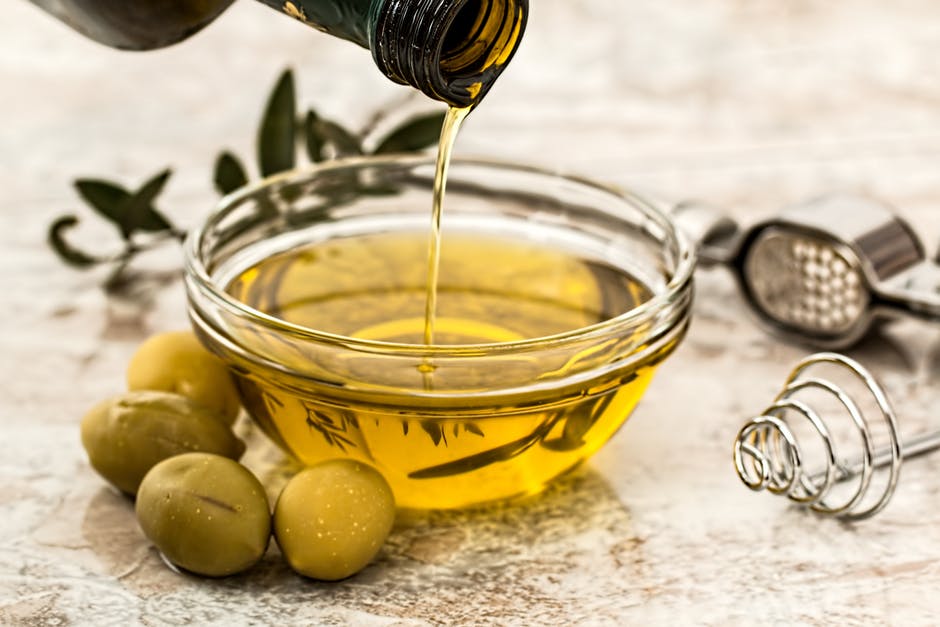Bland Oils Sometimes you want a bland oil in a recipe, something that adds little or no flavor of its own. In that case, I recommend peanut, sunflower, or canola oil. These are the oils I mean when I simply specify “oil” in a recipe. Avoid highly polyunsaturated oils such as safflower; they deteriorate quickly both from heat and from contact with oxygen, and they’ve been associated with an increased risk of cancer.
Butter
When a recipe says butter, use butter, will you? Margarine is nasty, unhealthy stuff, full of hydrogenated oils, trans fats, and artificial everything. It’s terrible for you. So use the real thing. If real butter strains your budget, watch for sales and stock up; butter freezes beautifully. Shop around, too. In my town I’ve found stores that regularly sell butter for anywhere from $2.25 a pound to $4.59 a pound. That’s a big difference, and one worth going out of my way for.
makes an excellent substitute for hydrogenated vegetable shortening (Crisco and the like), which you should shun. You may find coconut oil at natural food stores or possibly in Oriental food stores. One large local grocery store carries it in the “ethnic foods” section with Indian foods. My natural food store keeps coconut oil with the cosmetics. They’re still convinced that saturated fats are terrible for you, so they don’t put it with the foods, but some folks use it for making hair dressings and soaps. Coconut oil is solid at room temperature, except in the summer, but it melts at body temperature. Surprisingly, it has no coconut flavor or aroma; you can use it for sautéing or in baking without adding any “off” flavor to your recipes.
Olive Oil It surely will come as no surprise to you that olive oil is a healthy fat, but you may not know that there are various kinds. Extra-virgin olive oil is the first pressing. It is deep green, with a full, fruity flavor, and it makes all the difference in salad dressings. However, it’s expensive and also too strongly flavored for some uses. I keep a bottle of extra-virgin olive oil on hand, but I use it exclusively for salads. For sautéing and other general uses, I use a grade of olive oil known as “pomace.” Pomace is far cheaper than extra-virgin olive oil, and it has a milder flavor. I buy pomace in gallon cans at the same Middle Eastern grocery store where I buy my low-carb specialty products. These gallon cans are worth looking for because they’re the cheapest way to buy the stuff. If you can’t find gallon cans of pomace, feel free to buy whatever cheaper, milder-flavored type of olive oil is available at your grocery store. Be aware that if you refrigerate olive oil it will become solid. This is no big deal—it will be fine once it warms up again. If you need it quickly, you can run the bottle under warm water. Or if the container has no metal and will fit in your microwave, microwave it for a minute or so on low power.





